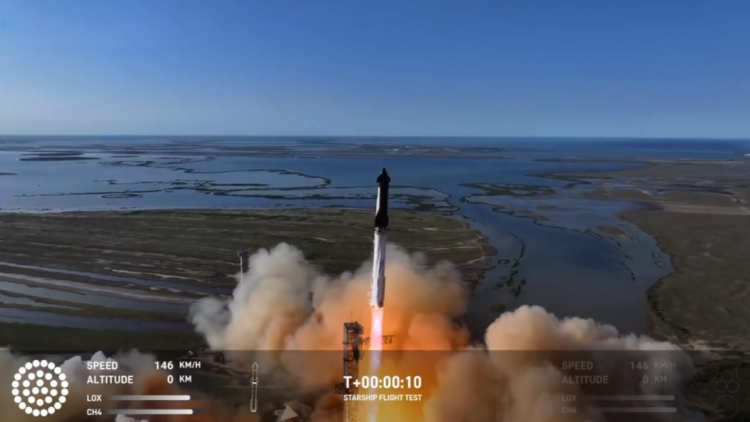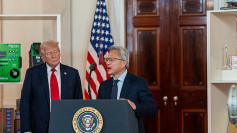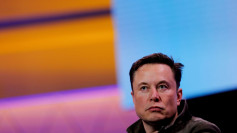In a significant milestone for SpaceX's ambitious mission to make space travel more accessible, the company's Starship completed its sixth test flight on Tuesday. The world's largest and most powerful rocket lifted off at 4 p.m. CST from the SpaceX Starbase in Boca Chica, Texas, amid much fanfare and the presence of high-profile spectators, including President-elect Donald Trump and SpaceX founder Elon Musk.
The towering 397-foot rocket, powered by 33 Raptor engines, unleashed an ear-splitting roar as it ascended over the Gulf of Mexico. Fueled by liquid methane and oxygen, the Super Heavy booster propelled Starship into the upper atmosphere, shutting down all but its core engines roughly two-and-a-half minutes after launch. Shortly afterward, the Starship's second stage initiated a hot-staging separation-a crucial maneuver where the first stage maintains engine burn while the upper stage ignites.
Despite the flight's ambitious trajectory, the plan to recapture the Super Heavy booster using SpaceX's Mechzilla tower was vetoed due to health-check concerns, leading to a soft water landing in the Gulf of Mexico. Meanwhile, the Starship continued its ascent, reaching a suborbital trajectory before refiring one of its engines to simulate an orbital return burn-an essential feature for future missions.
The success of Tuesday's mission lies not only in its technical accomplishments but also in the larger context of SpaceX's vision for a reusable heavy-lift vehicle. The Starship achieved a dramatic daylight landing in the Indian Ocean approximately one hour and five minutes post-launch. This daylight splashdown, orchestrated to enhance video documentation and data gathering, was marked by a precisely controlled engine-fired descent.
President-elect Trump, who arrived in Texas to witness the event, expressed his support for Musk and the project, posting on social media ahead of the launch. "Good luck to @ElonMusk and the Great Patriots involved in this incredible project!" he wrote. During a recent campaign speech, Trump emphasized the importance of space exploration, urging Musk to "get those rocket ships going because we want to reach Mars before the end of my term."
The presence of a banana aboard Starship, used as a visual indicator of zero gravity, lightened the mood amid a technically complex mission aimed at testing redundant propulsion systems, structural reinforcements, and heatshield modifications for steeper reentry angles. Engineers also focused on software upgrades that enhance the craft's maneuverability and safety controls.
Astronauts aboard the International Space Station caught sight of the launch. "We just saw Starship launch," astronaut Sunita Williams radioed in, capturing the moment. "Pretty awesome! We're getting pictures." Her colleague Don Pettit added, "It looked pretty cool from orbit."
Starship's sixth flight follows a string of tests intended to prove its reusability, a key element of Musk's plans for Mars colonization and deep-space exploration. Future missions are expected to leverage a refined heat shield and other enhancements for docking with orbital supply depots-a critical step in transforming Starship into a practical and robust space vehicle.
Space policy expert Casey Drier remarked on SpaceX's dominance in the commercial space sector, noting, "SpaceX functionally has the monopoly on access to space. Pretty much any asset that you want to launch into space... they are all using SpaceX rockets."
As the world's attention turns to what's next, SpaceX is gearing up for its next test flight, which will debut an enhanced version of the Starship system. While no exact timeline has been set, the focus remains on perfecting a fully reusable system capable of transporting humans, satellites, and scientific payloads to the Moon, Mars, and beyond.





